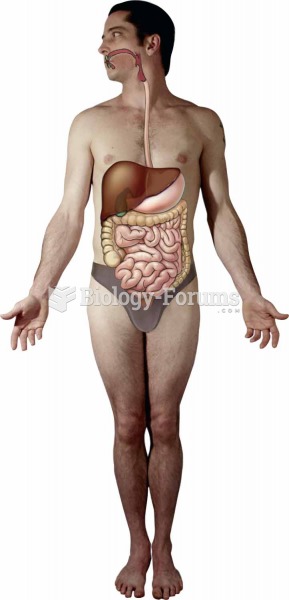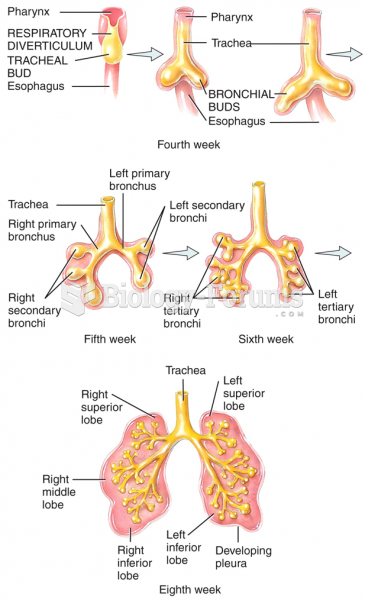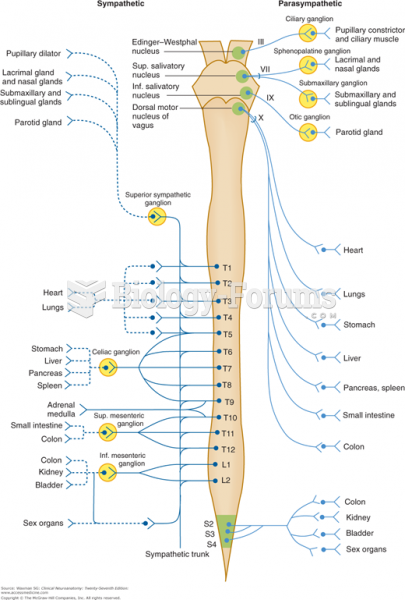Definition for Peripheral nervous system
From Biology Forums Dictionary
The peripheral nervous system (PNS) consists of the nerves and ganglia outside of the brain and spinal cord. There are two types of cells in the peripheral nervous system. These cells carry information to (sensory nervous cells) and from (motor nervous cells) the central nervous system (CNS). Cells of the sensory nervous system send information to the CNS from internal organs or from external stimuli.
Motor nervous system cells carry information from the CNS to organs, muscles, and glands. The motor nervous system is divided into the somatic nervous system and the autonomic nervous system. The somatic nervous system controls skeletal muscle as well as external sensory organs such as the skin. This system is said to be voluntary because the responses can be controlled consciously. Reflex reactions of skeletal muscle however are an exception. These are involuntary reactions to external stimuli.
The autonomic nervous system controls involuntary muscles, such as smooth and cardiac muscle. This system is also called the involuntary nervous system. The autonomic nervous system can further be divided into the parasympathetic and sympathetic divisions.
The parasympathetic division controls various functions which include inhibiting heart rate, constricting pupils, and contracting the bladder. The nerves of the sympathetic division often have an opposite effect when they are located within the same organs as parasympathetic nerves. Nerves of the sympathetic division speed up heart rate, dilate pupils, and relax the bladder. The sympathetic system is also involved in the flight or fight response. This is a response to potential danger that results in accelerated heart rate and an increase in metabolic rate.



